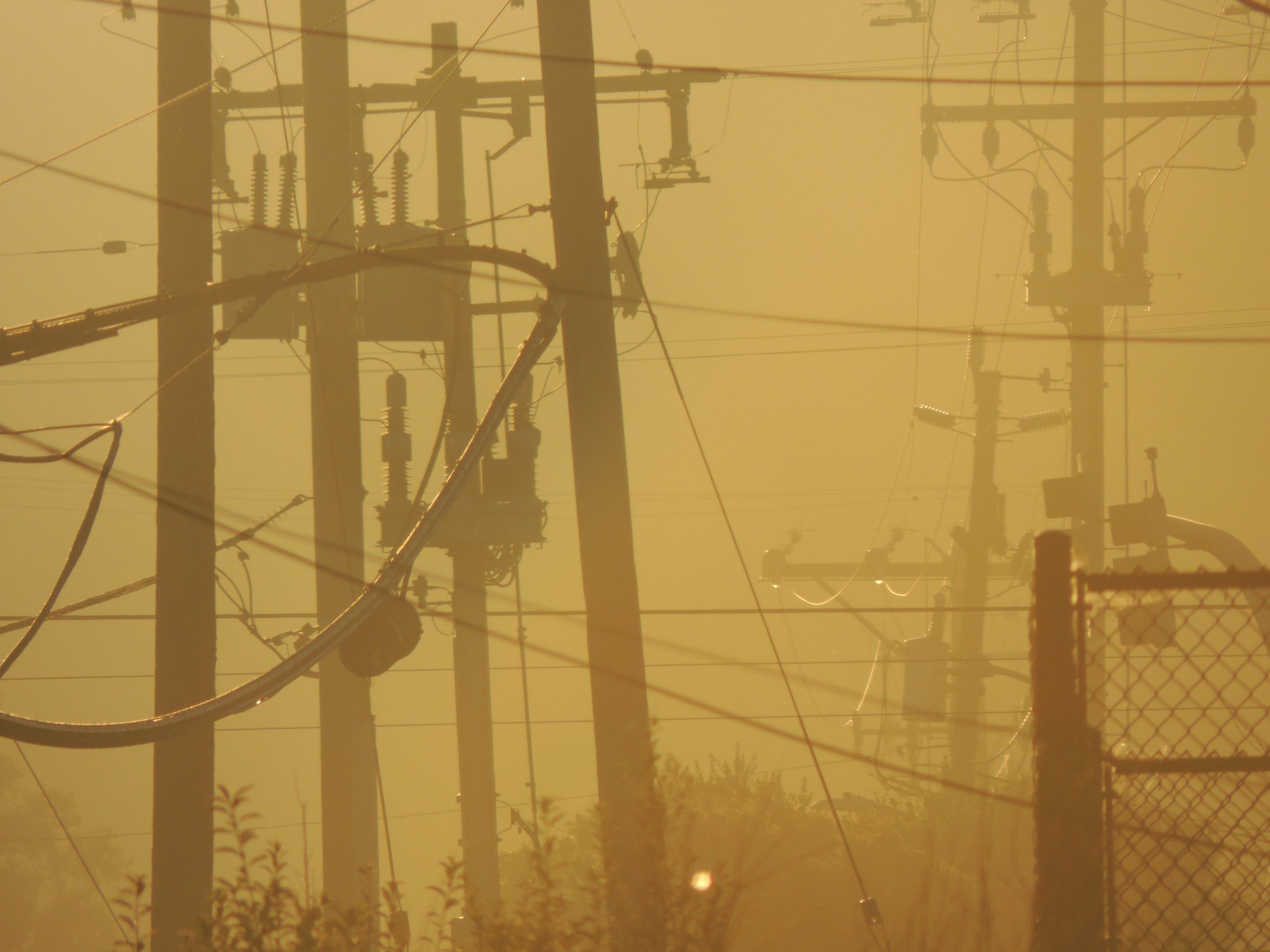The fact that this is happening again at the expected scale the outages happened at last year is partially hilarious and disappointing – especially if you will be impacted.
However, when we dive into the complexity of the situation and how PG&E got 2020’d into this situation and how multiple other market dynamics caused this to be soon mess.
This past week death valley recorded 130 F temp numbers and due to this excessive heat crazy thunderstorms and weather patterns seem to be on the horizon, especially for Northern California. The California ISO even declared a stage 3 emergency to protect the grid from causing wildfires or entirely collapsing due to excessive heat.
This is the worst it has been since the 2001 energy crisis and it seems like we are in for a rough time before renewable based infrastructure can catch up to fix these patches.
Here’s a breakdown of why we expect this wildfire season to be one of the most painful to get through:
Demand Response Programs Haven’t Got Enough Saturation
Companies like Ohm Connect have hundreds of thousands of users, but predominately control plug and HVAC loads within the home. While not considering for EVs and Water Heaters – the other two major variable load appliances within the home.
For the grid to survive these extended demand response periods caused by potential heat waves – homeowners will literally need to shut down their entire house to stay under quota. Effectively limiting people to bare essentials.
PG&E Required To Depend On Temp Standby Generators
Most utility customers are expecting that PG&E will deploy standby diesel generators in their communities to keep power on. We even covered why PG&E didn’t get approval to deploy natural gas (more environmentally friendly) generators.
Deploying the number of generators they need to effectively cover their entire customer base will be impossible to do especially since these aggressive weather patterns don’t seem to be one off at this point this season.
Renewable Energy Plants + Old Grid Infrastructure Spells Doom
We are in a transitional phase and ripping the band-aid off is going to hurt. This wildfire season is going to act as a major inflection point in the CA- ISO as a whole when it comes to deploying solar + storage. With old grid architecture being slowly replaced with microgrid pilots and solar deployments growing in quantity, we are bound to see significant growing pains this season from a grid energy management front that won’t be solved for at least a few years.
Excessive heat still impacts microgrids, don’t get me wrong there, however the fundamental idea of having isolated grids – controlled via software – that shut down based on highly regional temperature and weather demands can result in significantly less impact to a customer base than having to shut down entire communities due to grid equipment failure concerns.
Infrastructure Isn’t Cheap
And it won’t be getting “cheaper”. Everyone has to make money somewhere…PG&E and shareholders have minimal incentive outside from social pressures to invest in a full grid rebuild that is worth Trillions in dollars.
As a government supported monopoly we highly expect any form of infrastructure repairs or rebuilds to be passed to the balance sheet of the governments. Meaning nothing will change this year.
In Conclusion
We expect capacity issues and wildfire triggered power safety shutoffs to continue and increase in severity over the remainder of the year – going into at least next year’s wildfire season.
About The Author

Swarnav has over 10 years of experience in the energy & climate tech space, holds 2 patents and is active in the tech, climate and media industries. He specializes in Product/Product Innovation as well as Go-To-Market and Growth Strategy.
By training he’s a Materials Engineer with a background in research from his time at Georgia Tech and University of Illinois (UIUC).
He founded TouchLight a utility backed energy company focused on developing IP for utilities and startups pushing electrification forward. He also serves as the appointed Chairman for the Town of Yorktown’s Climate Smart Communities Task Force, where he helps with drafting legislation and enabling sustainability efforts within the town.
Concurrently, Swarnav founded The Impact to help investors, emerging founders and driven climate enthusiasts discover and identify new climate-tech startups, technologies and opportunities before they hit the traditional media sources.

